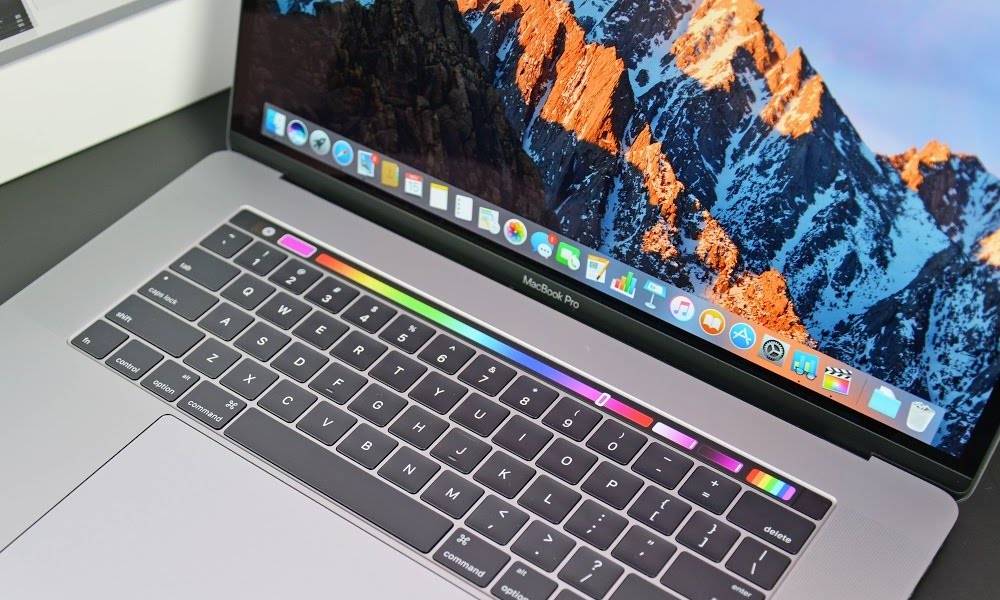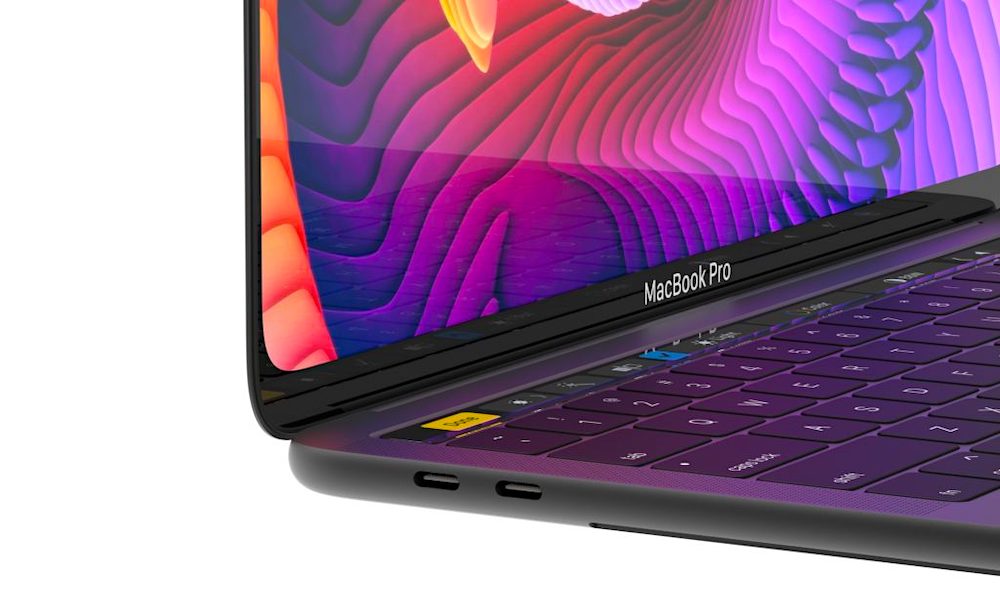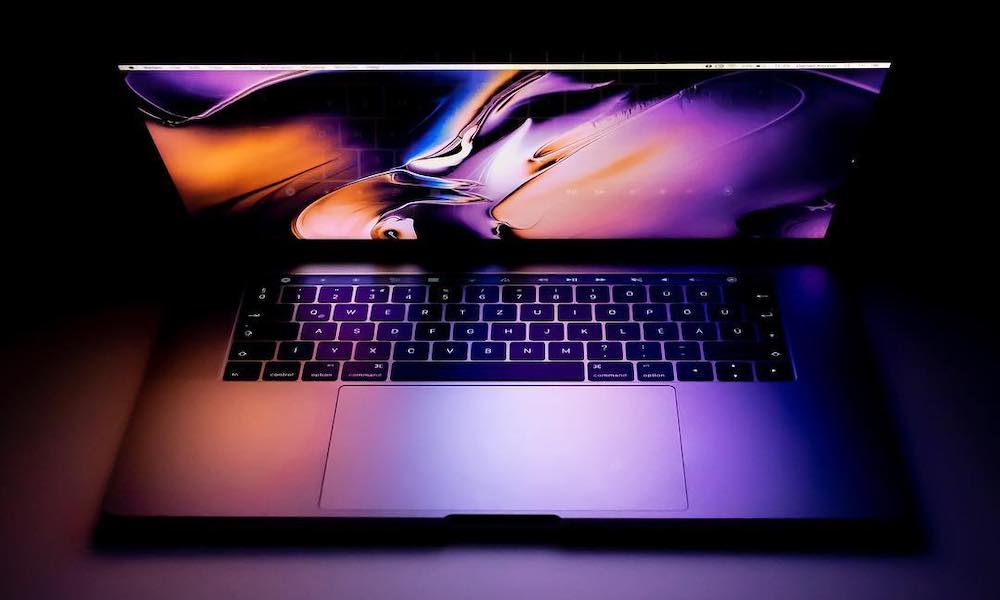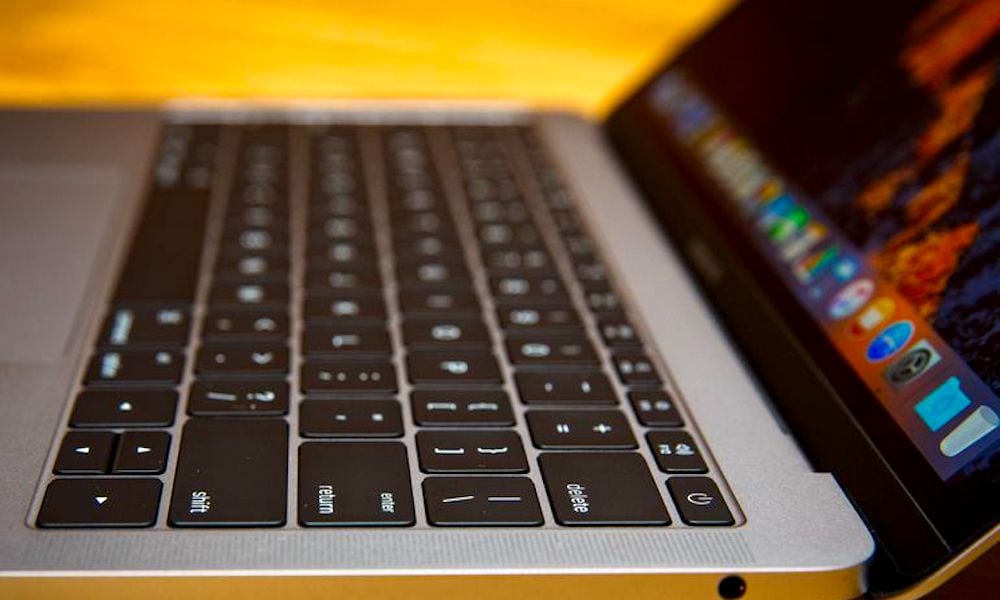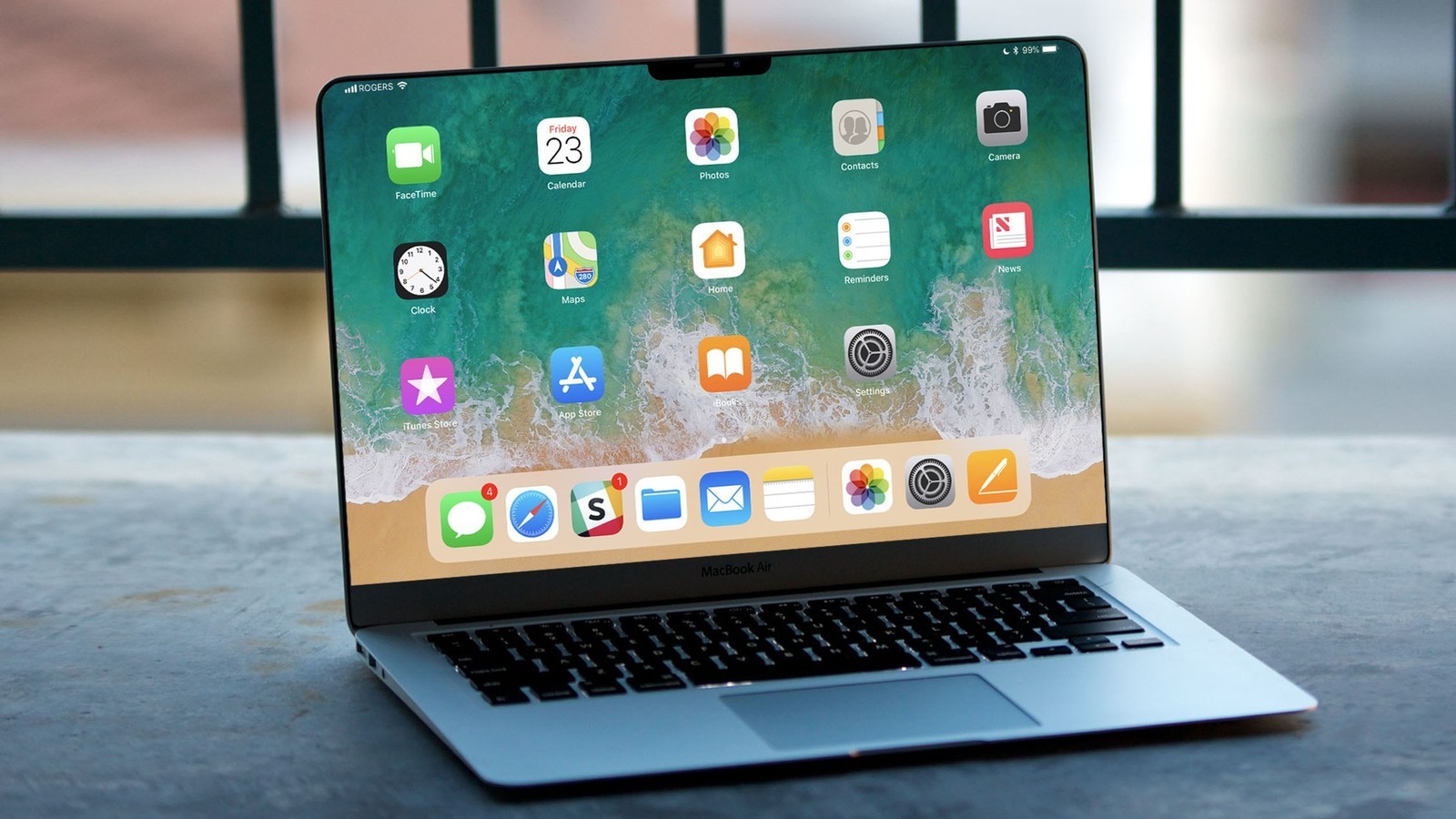6 Things Apple Needs to Add to 2019’s New MacBook Pro
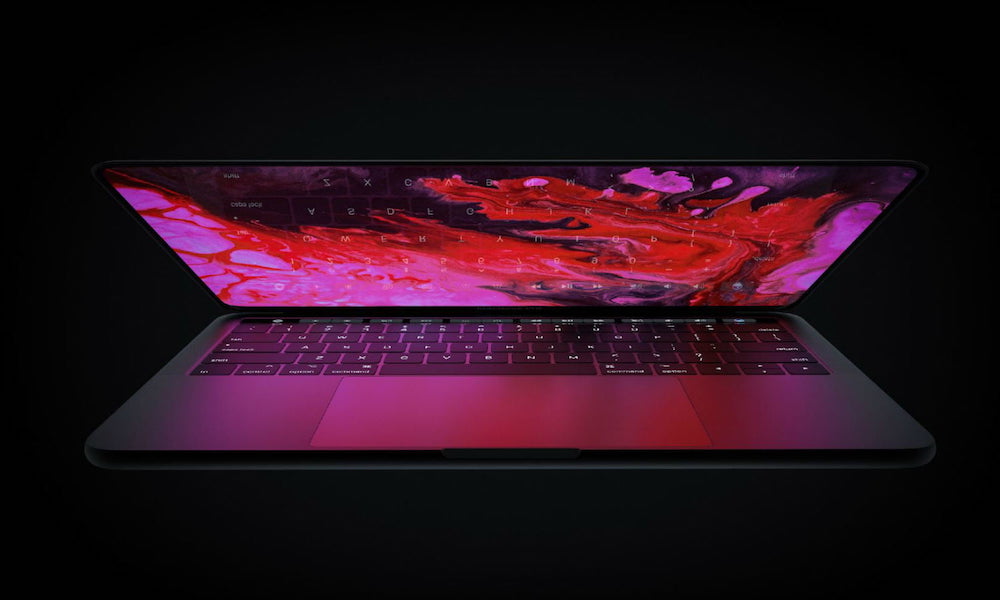 Credit: Digital Trends
Credit: Digital Trends
Apple’s MacBook Pros are beastly computers. It’s actually pretty crazy to think that so much processing power can be stuffed into such a svelte and light form factor. Recent MacBook Pro models haven’t been without their issues, however. They’re premium, professional-grade machines, but there’s always room for improvement. Here are six things that the 2019 MacBook Pro needs to be the perfect pro computer.
Tougher Components, Better Repairability
Some people like the butterfly keyboard, some people hate it. But nobody likes it when it fails — which it is notoriously prone to doing. That goes for the flex display cable, too. It is imperative that Apple revamps these components so that the failure rate is low enough that the vast majority of consumers won’t experience them.
But all components used on electronics, given enough time, can fail. Because of that, Apple should reverse course and make its devices more easily repairable. Sure, fully user-repairable Macs aren’t likely, but fixing a faulty display cable shouldn’t have to involve replacing the entire display unit. Out-of-warranty users don’t deserve $500+ repair costs.
Non-Touch Bar Option
The Touch Bar is one of those things that seem like a great idea in theory. It looked cool and innovative at first, but the majority of MacBook Pro owners don’t find it very useful. On the other hand, killing it off would amount to publicly confirming failure — something Apple isn’t like to do.
The best course of action would be to have the Touch Bar as an upgrade option for 2019 MacBook Pro models. Users who want it can pay extra for it, but users who don’t should be able to buy a device that’s just as powerful without the Touch Bar. No leaving non-Touch Bar models in the dust, like Apple did with the 13-inch MacBook Pro model from 2017.
More Ports, USB-C MagSafe
Having just one kind of port is clean, but it’s undoubtedly inconvenient and has lead to the unfortunate rise of dongles. Creative professionals deserve better. If Apple doesn’t want to add any more ports, it should at least throw in a free USB-C hub so that pros don’t have to opt for third-party accessories.
On a similar note, Apple should bring back MagSafe — but in USB-C form. Sure, there are third-party magnetic cables out there that mimic MagSafe, but they’re all (yes, all) incredibly prone to dying after a short period of time. There needs to be a better option. Apple has the technology and it has the patents. If anyone can make a magnetic USB-C cable that actually works, it’s Apple.
Next-Generation CPUs
Over the past couple of years, Apple has been slightly behind the curve when it came to using current-generation processors. But for the price point, MacBook Pro models should be equipped with the best available CPU. On a related note, it would benefit professionals and Apple alike for the thermal performance on the MacBook Pro to be as polished as possible before release.
We all remember the Core i9 debacle with the 2018 MacBook Pro. While Apple released a software fix, the problem likely stems from the fact that the MacBook Pro's form factor isn't the best for cooling that kind of chip. Apple needs to try its best to avoid thermal throttling. There’s a balance between performance and thinness, and MacBook Pros don’t need to be any thinner than they are now.
A Realistic Price Point
Every Apple watcher probably felt a stir of concern after hearing that Apple was mulling an “all-new design” for its MacBook Pro lineup. If Apple follows its past pricing strategies, it could mean that the next MacBook Pro will be a lot more expensive than previous models. And let’s not forget that MacBook Pros are already extremely expensive.
We get it: Apple is a premium brand. But a MacBook Pro with a price point much higher than its current one just isn’t realistic. Apple needs to aggressively price its pro machines to keep up in an industry where Windows PCs are outperforming and under-pricing them. We’re not sure asking for a $999 MacBook Pro, we’re just asking for one that doesn’t start at $4,999.
Face ID
Apple clearly thinks that Face ID is the future. And even critics of the feature have undoubtedly grown used to it. Because of that, it’s pretty crazy to think that there isn’t a single Mac option that features Face ID — even though Apple went all-in on facial recognition for its iPhone and iPad Pro models.
Face ID on a Mac could be incredibly useful, too. Scanning a fingerprint isn’t much more convenient than typing a password, but just looking at your MacBook Pro could be. On a less serious note, it would also mean that Animoji and Memoji could come to the Mac platform, as well.

